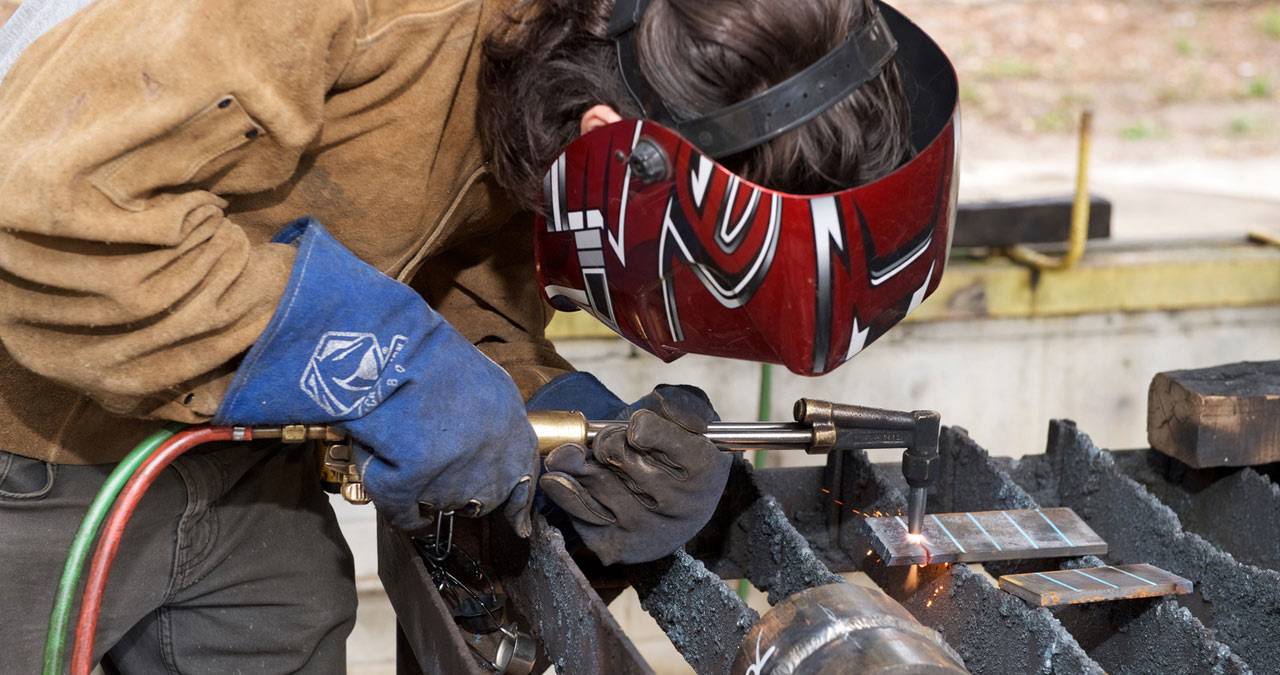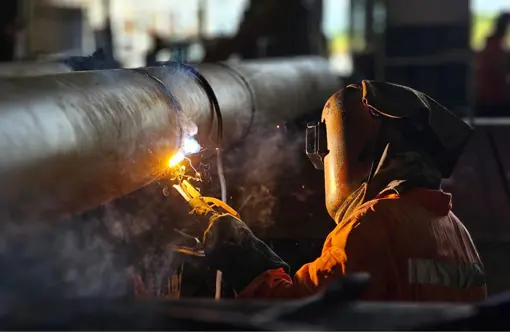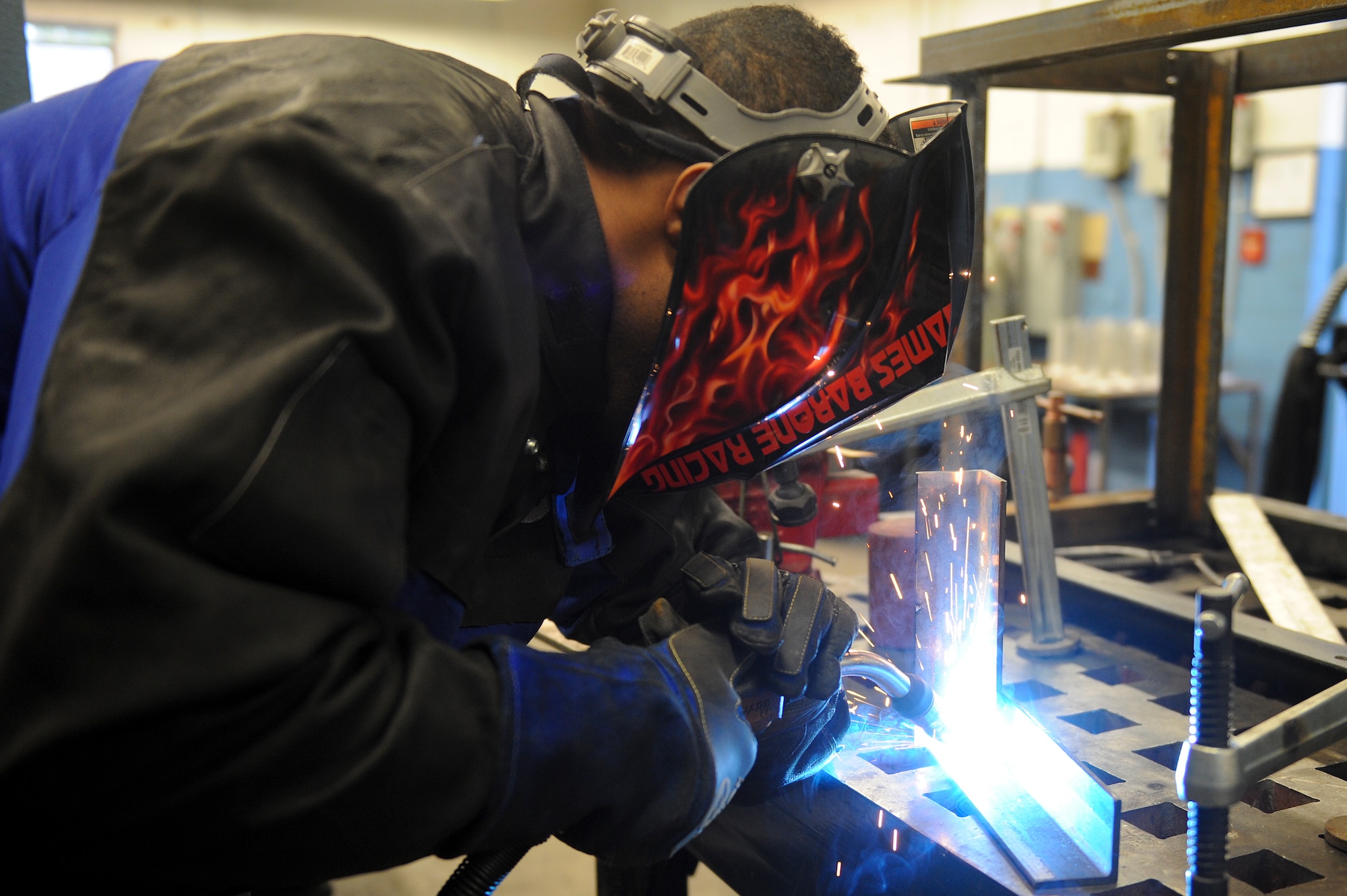Usual Welding Repair Service Issues and Exactly How to Address Them Effectively
Welding repair work often experience a variety of concerns that can jeopardize the integrity of the end product. Common problems consist of inadequate infiltration, porosity, and misalignment, to name a few. Each problem offers one-of-a-kind obstacles that need particular methods for resolution. Comprehending these concerns is essential for welders aiming to enhance their abilities and outcomes. This conversation will certainly discover these usual welding fixing concerns and reliable methods to address them.
Insufficient Infiltration
Inadequate infiltration happens when the weld steel falls short to fully fuse with the base product, leading to weak joints and prospective structural failings. This issue commonly comes from insufficient warm input, incorrect electrode angle, or incorrect welding speed. Welders might encounter poor infiltration due to a miscalculation of the required criteria for a specific product thickness or type. In addition, contamination on the base product's surface area can hinder efficient bonding, aggravating the issue. To address insufficient infiltration, welders should assure suitable setups on their equipment and keep a tidy job surface. Routine evaluation of welds is recommended to determine any type of deficiencies early, enabling prompt corrections and the avoidance of endangered architectural integrity in welded assemblies.
Porosity
Porosity is a common flaw in bonded joints that shows up as little gas bubbles caught within the weld metal. This problem can endanger the honesty of the weld, causing decreased toughness and possible failure under stress and anxiety. Montana Mobile Welding and Repair Belgrade Welding. Porosity commonly emerges from contamination, moisture, or inappropriate welding methods, which allow gases to leave right into the molten weld pool. To deal with porosity, welders should assure appropriate surface preparation, keep a clean working environment, and use appropriate welding criteria. In addition, choosing the ideal filler product and securing gas can minimize gas entrapment. Routine inspection and testing of welds can help identify porosity early, guaranteeing prompt restorative actions are taken, thus maintaining the top quality and integrity of the bonded structure
Misalignment
Imbalance in welding can occur from different variables, consisting of inappropriate setup and thermal expansion. Understanding the source is important for effective resolution. Several improvement strategies are readily available to straighten elements and assure architectural stability.
Root causes of Imbalance
Welding misalignment usually stems from a variety of underlying problems that can jeopardize structural honesty. One main cause is inappropriate fit-up of components before welding, which can bring about voids and irregular surface areas. Variations in thermal growth during the welding procedure can also cause distortion, specifically if the products being joined have various coefficients of development. In addition, poor fixturing and securing may fail to hold elements safely in place, bring about movement during welding. Poorly conserved equipment, including welding devices and devices, may introduce incongruities in the weld grain, additional adding to misalignment. Operator mistake, stemming from insufficient training or experience, can additionally play a significant function in producing misaligned welds.

Correction Strategies Offered
Resolving imbalance properly requires a mix of restorative strategies tailored to the specific concerns handy. One common method is making use of jigs or components to hold parts in the correct placement during welding, making sure consistent alignment. Furthermore, pre-heating the products can help reduce distortion and improve fit-up. For considerable imbalance, mechanical realignment strategies, such as utilizing hydraulic jacks or clamps, can be used to remedy the position prior to welding. Post-weld warm treatment might likewise be necessary to soothe stress and anxieties brought on by misalignment. Finally, careful examination and modification throughout the configuration stage can stop imbalance issues from ending up being significant troubles, promoting a smoother welding process and boosting overall structural stability.
Distortion
Distortion is an usual challenge in welding that can arise from different aspects, consisting of uneven cooling and heating. Understanding the reasons for distortion is crucial for implementing efficient avoidance methods. Addressing this concern not just improves structural honesty yet likewise improves the general quality of the weld.
Root causes of Distortion
When subjected to the intense heat of welding, products usually undertake adjustments that can cause distortion. This sensation largely arises from thermal expansion and contraction throughout the welding process. As the weld area warms up, the product increases; upon cooling, it gets, which can create interior anxieties. Furthermore, unequal heating across a workpiece can intensify these tensions, causing bending or flexing. The kind of material likewise plays a substantial duty; metals with differing thermal conductivity and coefficients of development might respond differently, leading to unpredictable distortions. Inadequate joint layout and poor fixturing can contribute to misalignment throughout welding, enhancing the probability of distortion. Understanding these reasons is important for reliable welding repair work and prevention approaches.
Prevention Techniques
Effective prevention strategies for distortion during welding focus on controlling warmth input and making sure correct joint design. Keeping a constant heat input aids to reduce thermal expansion and contraction, which can lead to distortion. Using techniques such as pre-heating the work surface can likewise reduce the temperature level gradient, soldering copper wire advertising uniform heating. In addition, picking proper joint styles, such as T-joints or lap joints, can improve stability and decrease stress concentrations. Executing correct fixturing to safeguard the workpieces in position additionally help in preserving placement throughout the welding process. Lastly, staggered welding series can disperse heat a lot more uniformly, protecting against localized distortion. By applying these techniques, welders can greatly reduce the probability of distortion and boost the general top quality of their welds.
Breaking
Breaking is a typical concern experienced in welding repair work, commonly resulting from numerous aspects such as inappropriate cooling rates, product selection, or inadequate joint preparation. The incident of fractures can substantially compromise the stability of the weld, leading to potential failures throughout operation. To address this problem, welders have to first analyze the origin, guaranteeing that products work and appropriately chosen for the specific application. Additionally, controlling the air conditioning rate during the welding process is necessary; rapid cooling can cause stress and anxiety and lead to cracking. Proper joint layout and preparation likewise add to reducing the risk. Applying these methods can boost weld top quality and sturdiness, eventually lowering the probability of fracturing in ended up weldments.

Incomplete Blend
A significant problem in welding fixings is incomplete combination, which occurs when the weld steel does not sufficiently bond with the base material or previous weld passes - Montana Mobile Welding and Repair Welding. This defect can result in weak points in the joint, possibly endangering the integrity of the welded structure. Variables contributing to insufficient blend include insufficient warm input, incorrect welding strategy, and contamination of the surface areas being joined. To resolve this problem successfully, welders ought to assure appropriate pre-weld cleaning and surface area preparation, along with adjust their welding parameters to accomplish ample penetration and fusion. Regular evaluation throughout the welding procedure can also help identify incomplete blend early, permitting timely corrective steps to boost the total top quality of the weld
Overheating
While welding fixings can enhance architectural integrity, overheating presents a considerable difficulty that can cause material degradation. Too much warmth throughout welding can change the mechanical residential or commercial properties mig welding aluminum of metals, causing reduced strength, enhanced brittleness, and warping. This sensation is particularly crucial in high-stress applications where architectural dependability is critical. Identifying overheating can involve aesthetic inspections for staining or distortion, in addition to keeping an eye on temperature during the welding process. To alleviate the threats linked with getting too hot, welders must utilize appropriate methods, such as regulating warmth input, changing traveling speed, and utilizing appropriate filler products. In addition, executing pre- and post-weld heat treatments can assist bring back material buildings and boost the total top quality of the fixing, making certain lasting efficiency and safety and security.
Frequently Asked Questions
What Are the Typical Signs of a Welding Flaw?

Just How Can I Check My Welds for Quality?
To examine welds for top quality, one can make use of aesthetic examinations, ultrasonic screening, and radiographic techniques. Each method guarantees architectural integrity, identifies flaws, and verifies adherence to defined criteria, ultimately enhancing the integrity of the bonded joints.
What Security Preventative Measures Should I Take While Welding?
When welding, one must prioritize safety by wearing appropriate personal safety tools, ensuring correct ventilation, securing combustible materials away, maintaining a tidy work area, and understanding surroundings to avoid crashes and injuries.
Can I Repair a Weld Without Renovating the Entire Joint?
Fixing a weld without remodeling the whole joint is possible, depending on the damages (Montana Mobile Welding and Repair Welding). Techniques such as grinding, including filler product, or using a welding procedure can efficiently address certain problems while maintaining the surrounding framework
What Tools Are Important for Reliable Welding Repairs?
Necessary devices for reliable welding repairs include a welding equipment, wire brush, grinder, safety equipment, clamps, and filler materials. Each device plays a crucial role in making certain quality and security during the repair service process. Porosity normally arises from contamination, learn the facts here now moisture, or improper welding strategies, which permit gases to leave right into the liquified weld pool. Improperly conserved equipment, consisting of welding machines and devices, might present disparities in the weld grain, more adding to misalignment. When subjected to the intense warm of welding, products often undertake modifications that can lead to distortion. Cracking is a common problem run into in welding fixings, frequently resulting from different variables such as inappropriate cooling rates, product choice, or inadequate joint preparation. A considerable concern in welding repairs is incomplete combination, which happens when the weld metal does not adequately bond with the base material or previous weld passes.
Comments on “The impact of overheating damages welds and Montana Mobile Welding and Repair Welding’s approach to fix it”